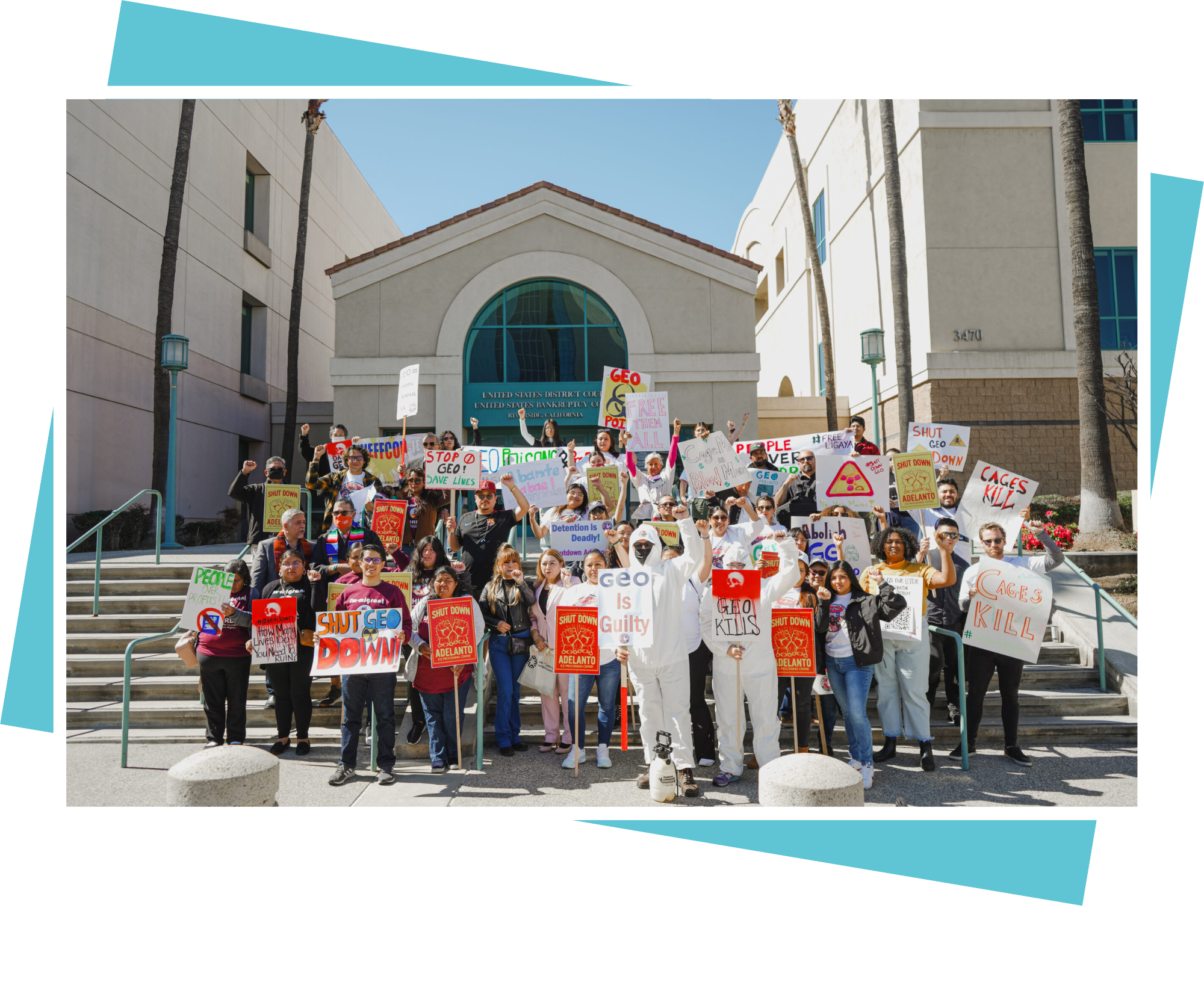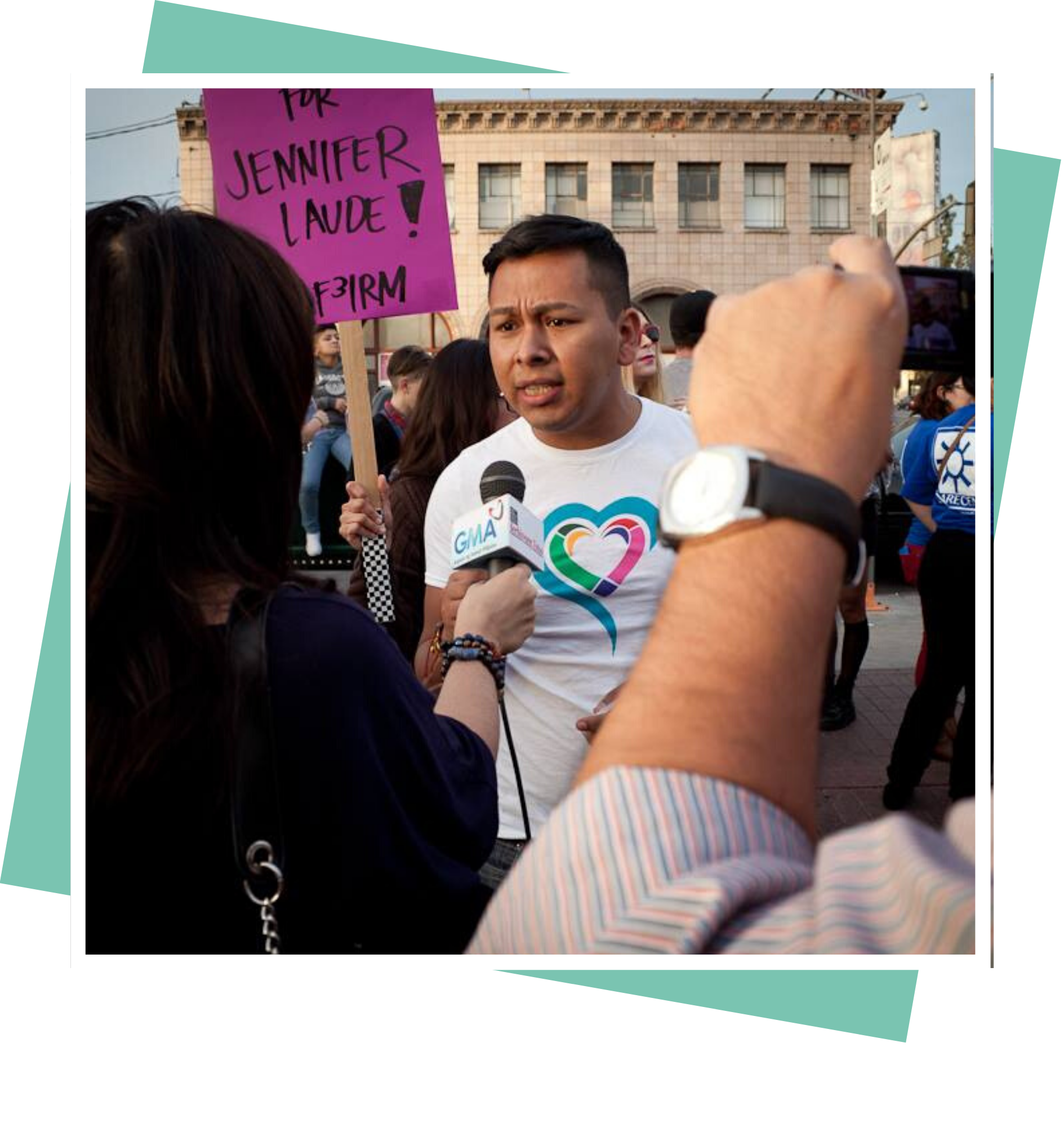Recency of Arrival: Though immigration has slowed nationwide, California continues to be home to large communities of both new and long-settled immigrants.
Each indicator page features a series of charts, insights and analysis, case studies, resources, and related indicators.
Insights and Analyses
- The length of residency of California’s immigrant population varies by racial group. Data from 2021 showed that among Latino immigrants, a larger share (57%) moved to the U.S. more than 20 years ago. Among Black immigrants, a larger share (60%) immigrated to the U.S. within the past 20 years.
- Among Black immigrants, a majority of Belizean, Haitian, and Jamaican immigrants living in California have been in the U.S. for more than 20 years.
- Among Asian American immigrants, most Southeast Asian immigrants, including, Vietnamese, Cambodian, Hmong, and Lao immigrants have lived in the U.S. for more than 20 years, as many were resettled in the U.S. following wars in their home countries in the 1970s.
- While many Californians come from Asia and Latin American and have lived here for decades, more recent immigrants also hail from these regions. In recent years, larger numbers of immigrants have arrived from countries like India and China. Since 2021 there has also been an increase in the number of immigrants coming from Latin American countries, according to data from the Migration Policy Institute.
- Since 2022 and as of February 2024, Texas Governor Greg Abbott transported over 102,000 migrants to other cities across the U.S. Between June and November 2023, it was estimated that about 1,000 migrants were transported to Los Angeles.
- Although seeking asylum is a human right under U.S. law, the federal government has continued to restrict this right at the southern border. Following the end of the Title 42 order in May 2023, President Biden established the Circumvention of Lawful Pathways Rule (CLP), otherwise known as the transit ban. This establishes a presumption that an individual is ineligible for asylum unless they are granted parole prior to their arrival in the U.S., presented themselves at the border at a pre-determined time and place, or were denied protection in a third country. However, legal advocates have sued the Biden administration, noting the illegality of this rule and the violation of protections for migrants who are fleeing precarious and life-threatening circumstances. Further, legal advocates have also proposed attainable approaches to manage migration at the southern border such as expanding lawful pathways for people to enter the U.S. and equipping cities with the necessary resources to support recent arrivals. As litigation continues, the asylum transit ban remains in place.
- Undocumented immigrants, many who are long-settled and have established families and networks, face the imminent threat of deportation. In 2021, about 69% of undocumented Californians had been living in the U.S. for more than a decade.
- Length of residency impacts an individual’s likelihood and eligibility to naturalize, which can explain why a large share of the naturalized population has been living in the U.S. for many years. Statewide, as of 2021, about 51% of naturalized citizens had been living in the U.S. for more than 30 years.
The Inland Coalition for Immigrant Justice’s (ICIJ) rapid response network provides services and resources to refugees released from detention.
There are about one million immigrants who live in San Bernardino and Riverside Counties – representing over 20% of the population. These individuals and families are a central component of the fabric of the region – but migrant detention also has a large presence in the Inland Empire. While ICIJ and other immigrant rights organizations have successfully fought against the mass detention of immigrants at ICE’s Adelanto and Desert View facilities, a 2023 report by the Shut Down Adelanto coalition estimates that there are still around 300 migrants detained at any given time at these sites. ICIJ provides these migrants with deportation defense services and basic commissary funds; and advocates for their release through recent campaigns like #FreetheLast2 – which led to the 2023 release of Jackie Vanboozyen, one of the few remaining women detained at Adelanto. As part of the Shut Down Adelanto Coalition, ICIJ has also exposed and advocated for the improvement of hazardous environmental coalitions both inside the detention center and in the city of Adelanto itself. The Coalition’s advocacy led to an investigation and 2021 report by the US Environmental Protection Agency confirming the use of a harmful pesticide in unventilated spaces within the detention center during the height of the COVID-19 pandemic. The group has also exposed illnesses caused by poor water and air quality in the facility and broader community, with one detained immigrant calling the local water supply “contaminated.”
When migrants are released from detention, ICIJ helps to provide immediate basic resources like food, short-term housing, legal assistance with processes like work permits, and reunification with family members. The coalition also co-hosts the Resilient Voices Program, which aims to “assist formerly detained immigrants in overcoming institutional barriers they face as they transition back to their communities” to empower them in achieving self-determination in the longer term. Learn more about ICIJ, their member organizations, and their work in the region here.
Photo credit: Inland Coalition for Immigrant Justice

Launched in 2015 by the Black LGBTQIA + Migrant Project (BLMP), Familia: Trans Queer Liberation Movement (Familia: TQLM), Mijente, and the Transgender Law Center (TLC), the #EndTransDetention campaign is advocating for the release of transgender and queer migrants in detention.
According to a 2024 report by the Williams Institute, there are an estimated 41,000 transgender immigrants in California – over a quarter of the state’s total adult trans population. While seeking asylum in the U.S. after fleeing persecution, violence, or torture – often on account of their sexual or gender identity – many transgender and queer migrants are detained at the border. Reports from Human Rights Watch in 2016 and Physicians for Human Rights in 2024 (among many others) detail the ongoing inhumane and violent conditions imposed upon transgender migrants, in particular, in detention centers in California and the U.S. as a whole. These injustices can lead to fatal consequences for migrants like Roxsana Hernández, whose death in 2018 led to renewed social media advocacy under the #EndTransDetention banner. The campaign also successfully advocated for the 2021 release of Eva Rosas, a Mexican transgender woman who had been detained for two years. #EndTransDetention advocacy for migrants like Roxsana and Eva is ongoing on organizational social media platforms.
Transgender and queer migrant advocacy organizations like BLMP, Familia: TQLM, Mijente, and TLC have also taken their advocacy in recent years to the streets and into halls of power. In 2022, the #NoPrideinDetention campaign saw organizations bring their message to Pride parades and festivals around the country, and Familia: TQLM Executive Director Jennicet Gutiérrez publicly rejected a White House Pride invitation from President Biden to protest his administration’s ongoing migrant detention policies. These actions at Pride events followed similar efforts in June 2021 in cities like San Francisco and Santa Ana. Beyond policy advocacy, the organizations mentioned in this case study provide numerous resources to support transgender and queer immigrants like housing, translation services, pro bono legal services, financial support, and development of deportation defense campaigns.
To learn more about the #EndTransDetention campaign visit their site here, and read BLMP’s press release here. To learn more about the issues transgender and queer migrants face in detention centers, read the Human Rights Watch Report here and the Physicians for Human Rights report here. To read about TLC, Familia: TQLM, and BLMP’s work, visit their sites.
Photo credit: Paolo Riveros

Resources
- Organizations:
- Reports:
- San Diego County Refugee Experiences Report
- “There is a Target on Us” The Impact of Anti-Black Racism on African Migrants at Mexico’s Southern Border
- The Invisible Wall: Title 42 and its Impact on Haitian Migrants
- Measuring In Absentia Removal in Immigration Court
- Failing Our Liberian Neighbors: Eligibility and Application Rates Under Liberian Refugee Immigration Fairness
- “You Will Never See Your Child Again:" The Persistent Psychological Effects of Family Separation
- The Detention of Immigrant Children with Disabilities in California: A Snapshot
- The State of Black Immigrants
- Articles:
- Data Snapshot: The Number of Black Immigrants in the US Continues to Rise
- USCIS Finalizes Increase in Fees for Immigration-Related Applications
- A Solvable Challenge: Improving Asylee Access to Health and Other Benefits
- Federal judge approves settlement barring migrant family separations
- ‘We Can’t Claim Mission Accomplished’: A Long Road for Afghan Refugees
- GOP governors sent buses of migrants to D.C. and NYC – with no plan for what’s next
- As California Welcomes Ukrainian Refugees, Counties Fall Short on Interpreters
- The “Migrant Protection Protocols”: an Explanation of the Remain in Mexico Program
- At least 5,000 families were forcibly separated during the Trump administration. The work of reunifying them is painfully incomplete.
- Family Separation: A Timeline
- Black Immigrants in the United States Face Hurdles, but Outcomes Vary by City
- We are Here: Indigenous Diaspora in Los Angeles
- A Translation Crisis at the Border: For migrants who speak Mayan languages, a grassroots group of interpreters is often their only hope for receiving asylum
- Climate Change is Altering Migration Patterns Regionally and Globally
- Climate Migration 101: An Explainer
- Unaccompanied Children
- Resources:


